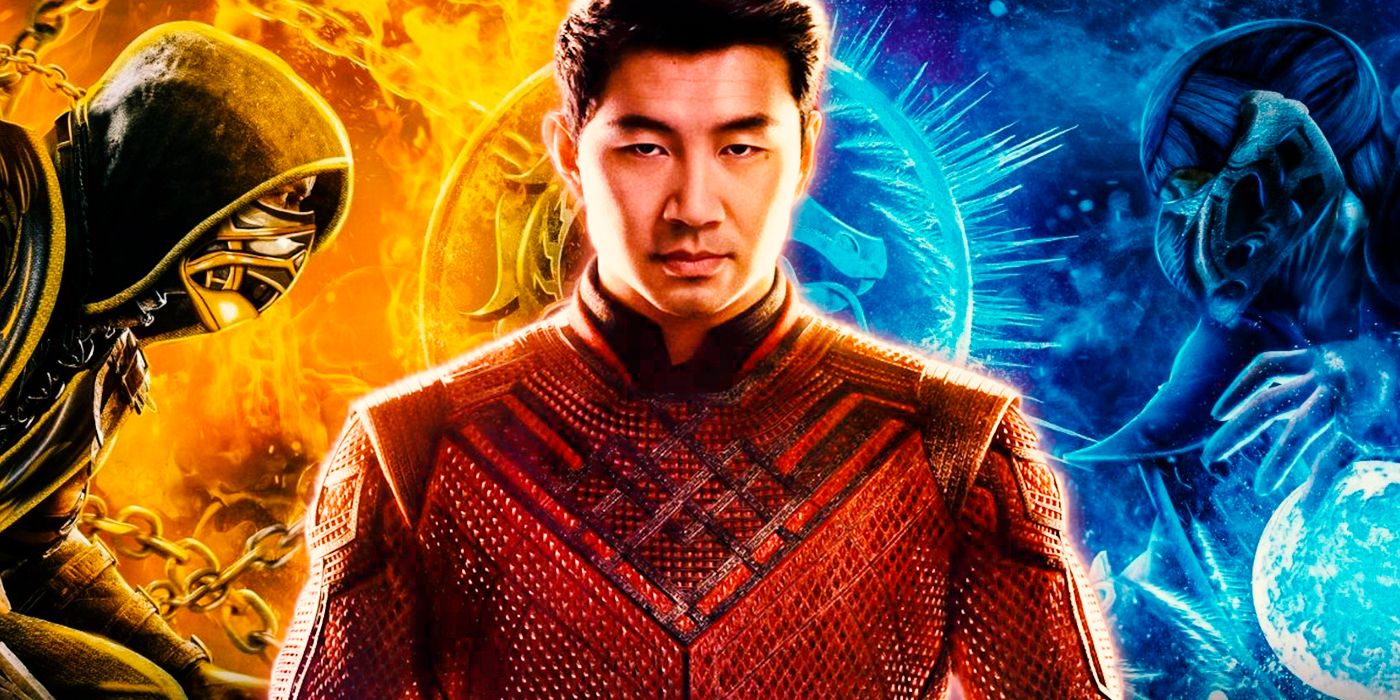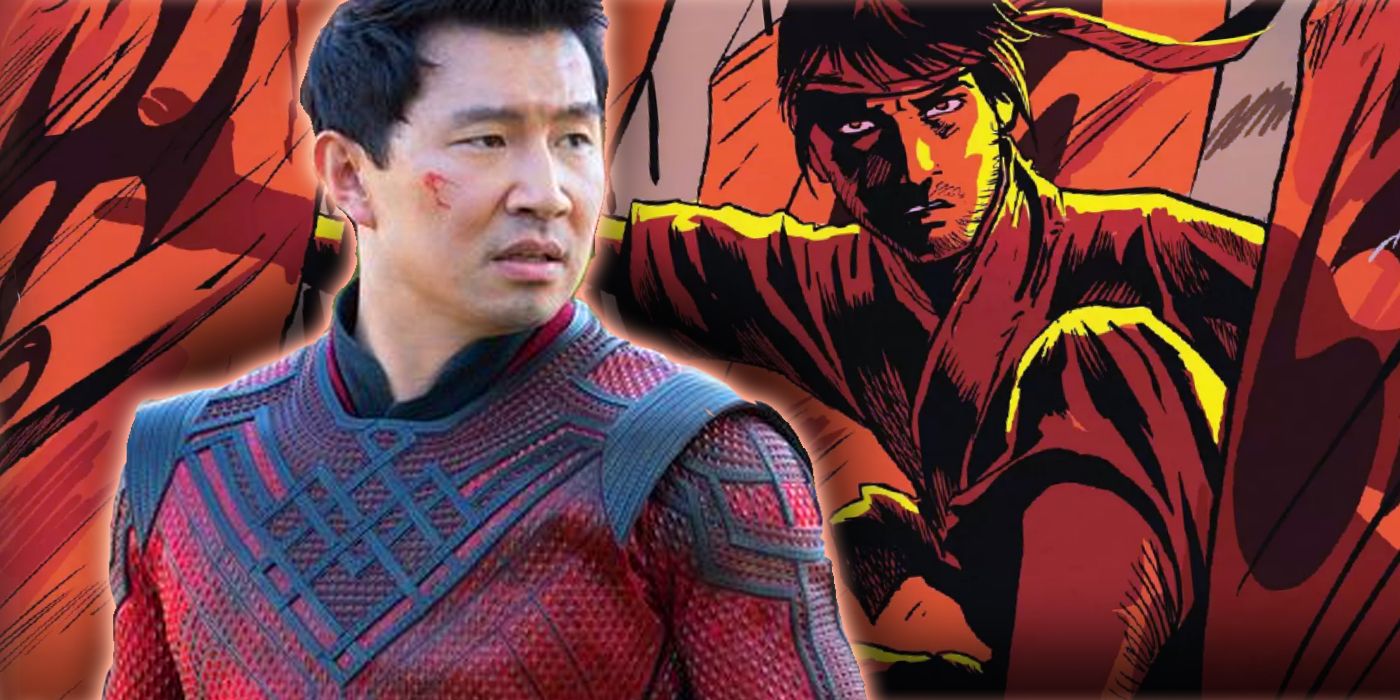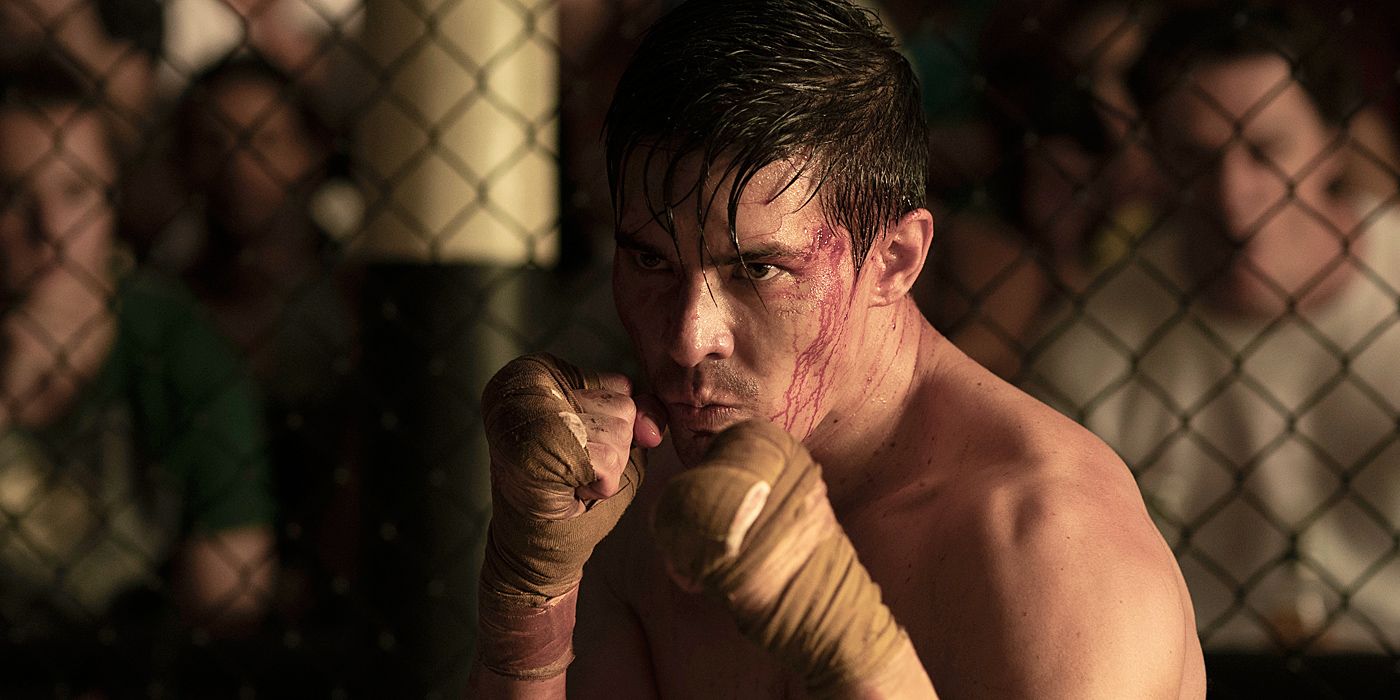
WARNING: The following contains spoilers for Shang-Chi and the Legend of the Ten Rings, now in theaters.
Shang-Chi and the Legend of the Ten Rings promised to bring an Asian flair to the Marvel Cinematic Universe that was authentic to the culture and also to the combat arena. As Shang-Chi's (Simu Liu) journey takes him from San Francisco to the mystical city of Ta Lo, he unlocks his destiny as a Chosen One, meeting many allies and enemies alike. As he does so, it becomes quite apparent that this is what the recent Mortal Kombat reboot wished it could be.
Many fans waited with bated breath for the new Mortal Kombat movie, thinking with advancements in CGI and such, Warner Bros. would honor the game's essence and fix flaws from the '90s movies. However, as Lewis Tan's Cole unlocked his destiny, the film fell apart because it didn't make him a character that audiences could connect with emotionally. This was an even tougher task given the sprawling cast, but while Shang-Chi has these elements to balance as well, it nails them perfectly.

Firstly, Shang-Chi as a savior feels akin to what fans hoped the reboot would use Liu Kang for. Creating Cole out of thin air, forcing him as Scorpion's heir and not even having Raiden properly guide him caused viewers to lose interest. Shang-Chi, however, finds his aunt, Nan, at Ta Lo and she builds on the training he got from his dad, Wenwu, and the Ten Rings. Wenwu also acts as a Shang Tsung figure of sorts, dipping in and out of identities and not realizing that he's going to unlock a portal for the soul-devouring Dweller-in-Darkness from another dimension. It's similar to Earthrealm being invaded by Outworld to make room for Shao Kahn's forces. Many expected the Mortal Kombat reboot to follow this path, but it's never really defined as to when the real tournament will start, what the rules are and when the invasion will begin.
In addition, the fight choreography in Shang-Chi is so genuine, it's as if audiences are watching Crouching Tiger, Hidden Dragon or House of Flying Daggers. The sequences are masterful, beautiful and well-edited while also honoring the beauty of nature and making combat a true art. It's not muddled and sloppy like the Mortal Kombat reboot, where the fights came off pretty generic and leaning way too much on special effects. Shang-Chi also has the music to back this, producing an ethereal, supernatural feel, which was sorely lacking in Mortal Kombat.
Ta Lo further kicks this up a notch, with Nan showing bits of the wind god, Fujin, not to mention the many mythical creatures there for Shang-Chi's crew to marvel at. This is what Raiden's temple should have been, rather than just a sandcastle. To top it off, Shang-Chi meets a dragon, the Great Protector, who blesses him as worthy of harnessing her power, feeling like something fans could have seen with Liu Kang.

This builds to what really made the Mortal Kombat film mediocre -- the empowerment of warriors. It forced a weird angle where the dragon symbol -- an arcana -- was a birthmark that gave fighters unique abilities, once unlocked. Some could kill others and steal the mark too, which convoluted the plot. All the film had to do was follow the game, where fighters were simply bestowed with gifts so the Elder Gods could have their tournament. Shang-Chi avoids falling into this trap by keeping things simple -- Ta Lo and its warriors are powered by the Protector's dragon scales, while they also learned to be superhuman because the creature mentored them to understand the elements. It's doesn't spend too much time on exposition, which even seen with Razor Fist, who never explains why he's got a blade for a hand.
This barrels into the big showdown where the Dweller fights Shang-Chi on his dragon, crafting a true spectacle, which Mortal Kombat didn't have. Its last fight saw Sub-Zero get beat down by Cole and Scorpion, but it was so short and anticlimactic, fans wondered if this really was how Warner Bros. chose to end the film. The fact that Raiden then banished Shang Tsung's forces at this moment, despite them breaking the rules for the entire film, also felt as if the movie had no clue what the premise was.
Shang-Chi, however, has both substance and style while also priding itself on the most important part of the story: the human element. Mortal Kombat tried hard to make Cole dig deep before harnessing his powers -- weird armor and billy clubs that don't even fit the game -- all to show that he needed to level up as a human before transcending. But in Shang-Chi, Awkwafina's Katy helps out, using a magical bow and arrow to help defeat the Dweller to demonstrate that everyone has a part to play. She even jokes about how someone 'normal' like her could contribute to saving the world at the movie's end, which proves that it's all about the hero within. Shang-Chi even puts the rings down to teach his dad a lesson about power corrupting. On the other hand, Mortal Kombat makes it clear that this upgrade is what fighters need to succeed, which only detracts from who they really are under the surface.
Shang-Chi and the Legend of the Ten Rings is in theaters now.
0 Comments